? Did you know Collective Soul’s “December” was inspired by the band’s whirlwind rise to fame in the ’90s? ? Time to revisit this nostalgic gem & feel the warmth of the holiday spirit! ?✨ #CollectiveSoul #ThrowbackThursday #DecemberVibes Read about it: tinyurl.com/57secpsa
A Walk Down Memory Lane: Collective Soul’s Iconic December
Relive the ’90s with Collective Soul’s unforgettable hit “December” and delve into the band’s lasting impact on the rock scene.

Collective Soul, an American rock band hailing from Stockbridge, Georgia, burst onto the music scene in the early 1990s. Their blend of alternative and post-grunge rock captivated fans and cemented their place as one of the defining bands of the decade. Formed by lead vocalist Ed Roland, the band’s original lineup also included guitarist Dean Roland, bassist Will Turpin, drummer Shane Evans, and guitarist Ross Childress.
Focusing on their hit song “December,” it’s clear that the track remains one of Collective Soul’s most iconic tunes to this day. Released in 1995 as a single from their self-titled sophomore album, “December” reached number 20 on the Billboard Hot 100 and dominated the charts for weeks. The song’s memorable guitar riff and catchy chorus, featuring Roland’s emotive vocals, are still resonant some 25 years later.
Despite their widespread success, Collective Soul has faced its share of criticism, particularly for being perceived as a mainstream, radio-friendly rock band. While their polished sound and catchy hooks might not sit well with some of the more discerning music aficionados, it’s hard to deny the impact their music had on the ’90s rock landscape.
Throughout their illustrious career, Collective Soul has seen several lineup changes, with Ed Roland remaining as the sole constant member. Notably, Joel Kosche replaced founding guitarist Ross Childress in 2001, and Johnny Rabb took over drumming duties from Shane Evans in 2012. The band has also released a total of ten studio albums, with their latest, “Blood,” hitting the shelves in 2019.
Collective Soul’s accomplishments are not limited to their chart-topping hits. The band has been nominated for various awards, including a Billboard Music Award for Top Rock Song in 1994 and two Grammy nominations, one for Best Rock Vocal Performance by a Duo or Group in 1995 and another for Best Rock Album in 1998.
In conclusion, while Collective Soul may have experienced their fair share of ups and downs, it’s undeniable that “December” remains a memorable track in their extensive catalogue. The band’s ability to craft incredibly catchy tunes, along with their undeniable staying power in the music industry, is a testament to their talent and the lasting impact they’ve had on the rock scene.
Charting the Course of a Winter Classic
“Collective Soul’s nostalgic winter anthem ‘December’ conquered charts in the ’90s, boasting impressive staying power and leaving a lasting legacy in the world of alternative rock.”

In terms of chart success, “December” by Collective Soul certainly made its mark in the mid-90s. Released on March 14, 1995, the song was the second single from their second album, titled “Collective Soul.” Despite being released in March, the song’s title and nostalgic feel made it an enduring favorite, and it quickly garnered attention and praise from fans and critics alike.
Upon its release, “December” debuted at No. 34 on the Billboard Modern Rock Tracks chart. It didn’t take long for the song to climb the chart, and it eventually peaked at an impressive No. 1 position on May 20, 1995. It held this top spot for a solid four weeks, showcasing the song’s popularity and staying power. In addition to its success on the Modern Rock Tracks chart, “December” also made a splash on other Billboard charts. On the Mainstream Rock Tracks chart, it managed to peak at No. 2 and stayed on the chart for an impressive 20 weeks.
But that’s not all – “December” also found its way onto the Billboard Hot 100 chart, where it reached a peak position of No. 20, making it one of Collective Soul’s most successful singles in terms of mainstream appeal. In Canada, the song achieved similar success, peaking at No. 5 on the RPM Top Singles chart and remaining in the top spot for multiple weeks.
As for chart trivia, “December” holds a unique position in Collective Soul’s discography. It is one of the band’s three songs to have reached the top position on the Billboard Modern Rock Tracks chart, alongside “Heavy” and “Run.” This achievement cements “December” as one of the band’s most iconic and well-loved tracks.
While the song’s chart success was undoubtedly impressive, it’s worth noting that “December” managed to maintain an enduring presence in the music scene long after its initial release. Its timeless sound and emotive lyrics have allowed the song to remain a favorite among fans and a staple in the band’s live performances. Although its chart journey has long since ended, the legacy of “December” certainly lives on.
Delving into the Lyricism of December
Why drink the water from my hand?
Contagious as you think I am
Just tilt my sun towards your domain
Your cup runneth over again
Don’t scream about, don’t think aloud
Turn your head now, baby, just spit me out
Don’t worry about, don’t speak of doubt
Turn your head now, baby, just spit me out
Why follow me to higher ground?
Lost as you swear I am
Don’t throw away your basic needs
Ambiance and vanity
December promise you gave unto me
December whispers of treachery
December clouds are now covering me
December songs no longer I sing
Upon examining the lyrics of “December” by Collective Soul, one can easily recognize the introspective and contemplative nature of the words. Written and released in 1995, the song is a reflection of the spirit of its time. It features themes of disillusionment and the questioning of relationships and self-worth, which were quite common in the grunge and alternative rock music of the mid-90s.
The lyrics’ meaning can be interpreted as the struggle of an individual against the feelings of being used and manipulated in a relationship. This resonates with the era in which it was written, as the 90s were characterized by a general sense of cynicism and the search for authenticity in both personal relationships and the world as a whole. Furthermore, the lyrics touch on the idea of vanity, which can be seen as an indication of the materialism that was prevalent during that time.
The song also alludes to the desire to break free from these negative influences, as evidenced by the line “Turn your head now, baby, just spit me out.” This line can be interpreted as the protagonist asking their partner to let go of them if they do not value them for who they are, rather than what they can provide. This idea of seeking true connection and authenticity amid a world filled with superficial relationships further strengthens the link between “December” and the era in which it was written.
In conclusion, the lyrics of Collective Soul’s “December” serve as a powerful representation of the emotions and experiences that were prevalent in the mid-90s alternative rock and grunge scene. By delving into themes of relationships, self-worth, and authenticity, the song resonates with listeners who may have faced similar struggles during that time.
Delving into the Visuals: The Music Video for “December”
Gus Van Sant’s artistic mastery weaves nostalgia and introspection in Collective Soul’s timeless “December” music video, showcasing visual storytelling on a modest budget.
Collective Soul’s hit song “December” was released in 1995, and its music video, directed by the talented Gus Van Sant, is an intricate amalgamation of artistic brilliance and visual storytelling. Van Sant is known for his exceptional work in films like “Good Will Hunting” and “My Own Private Idaho,” and his unique approach to the “December” music video is no exception.
The music video for “December” features the band performing in a dimly lit room, interspersed with captivating shots of a swarm of butterflies, children playing, and various close-ups of lead singer Ed Roland. These images are woven together seamlessly, creating a sense of harmony and contemplation that mirrors the themes of the song. The video also incorporates a slowed-down, melancholic take on the track, which contributes to the overall atmosphere of introspection and nostalgia.
In terms of production details, the music video was shot on a relatively modest budget, which is a testament to Van Sant’s creativity and resourcefulness as a director. He was able to create a visually striking piece that beautifully complements the song, without relying on flashy effects or elaborate sets. The choice of using natural elements like butterflies and children at play adds to the video’s charm and reinforces the themes of innocence, change, and the passage of time.
While there isn’t an official fan video for “December,” the song has inspired countless YouTube covers and tributes, highlighting its enduring impact on the music scene. From acoustic renditions to full-band performances, fans of Collective Soul continue to pay homage to this timeless classic.
Overall, the music video for Collective Soul’s “December” is a stunning piece of visual art that effectively conveys the song’s themes and mood. Gus Van Sant’s expert direction and creative vision have undoubtedly contributed to the video’s lasting legacy, and it remains a must-see for fans of the band and music video enthusiasts alike.
The Mastermind Behind “December”
As it turns out, the compelling composition of “December” is credited to Ed Roland, the lead vocalist and primary songwriter of Collective Soul. Ed Roland is an immensely talented musician who writes songs that resonate with fans for their powerful and relatable lyrics. Roland’s creativity extends beyond “December,” as he has also composed other memorable and widely-loved songs such as “Shine,” “The World I Know,” and “Heavy.” His ability to pen anthems that embody the essence of the ’90s alternative rock scene has solidified his status as a significant figure in the world of music. Over the years, Roland’s songwriting has evolved, reflecting Collective Soul’s capacity to explore diverse sounds and subjects while maintaining their signature style.
Awards, Accolades, and Versatile Appearances
“December”: Collective Soul’s Timeless Anthem Reigns Supreme in the ’90s Rock Pantheon, Amassing Awards, Accolades, and Media Appearances.
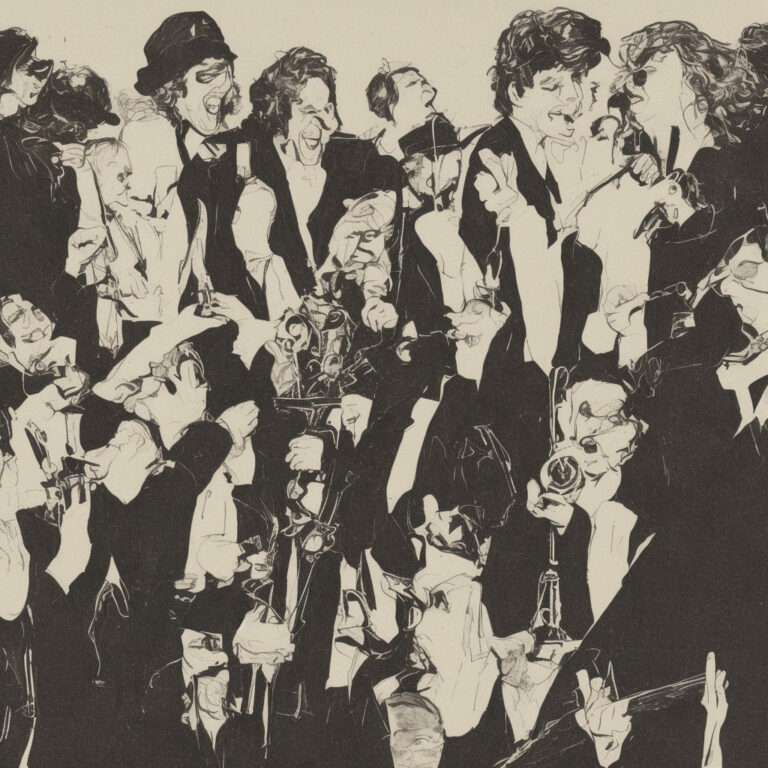
As one of Collective Soul’s most beloved tracks, “December” has garnered significant acclaim and success since its release. The song was awarded the #1 spot on Billboard’s Mainstream Rock Tracks in 1995, remaining in the top spot for nine weeks. The song also reached #20 on Billboard’s Hot 100 chart, further showcasing its widespread appeal.
“December” has had an extensive presence in various forms of media, securing its status as a classic ’90s anthem. The track was featured in an episode of the hit television show “Cold Case,” in the season 1 episode titled “The Boy in the Box.” Adding to its list of accomplishments, “December” was also included in the movie soundtrack for “Boys and Girls” (2000), starring Freddie Prinze Jr. and Claire Forlani, as well as appearing in the popular video game “Guitar Hero Live” released in 2015.
Cover versions of “December” have been created by various artists over the years, demonstrating the song’s timeless appeal and influence. In 2015, American rock band Young the Giant released a live cover version of “December” as part of their In The Open series on YouTube. Additionally, singer-songwriter David Ryan Harris has also performed a soulful rendition of the song.
The enduring legacy of “December” is a testament to Collective Soul’s songwriting abilities and the track’s resonance with fans worldwide. Its awards, accolades, and appearances in various media have ensured that “December” remains a cherished staple in the annals of ’90s rock history.
Dissecting the Musical Elements
As we delve deeper into “December,” we can truly appreciate the intricacies of the musical structure, which has contributed to the song’s enduring popularity. Written in the key of D Major, the composition showcases Collective Soul’s ability to blend catchy melodies with complex chord progressions and tempo changes.
The song’s chord structure primarily consists of four chords: D, G, Bm, and A. The verses incorporate a simple yet effective progression of D, G, and Bm, while the chorus utilizes a more expansive progression of D, A, G, and Bm. This shift in chord progressions between the verses and chorus adds depth and variation to the overall composition.
The tempo of “December” stands at a steady 76 beats per minute (BPM), giving the song a moderate pace that allows the listener to fully absorb and appreciate the intricate guitar work and emotive vocals. Throughout the track, the band employs syncopated rhythms, emphasizing the off-beats, which creates a sense of tension and release as the song progresses.
One of the most notable elements of “December” is the use of both electric and acoustic guitars, which serve to create a rich tapestry of sound. The acoustic guitar provides the foundation of the track, while the electric guitar embellishes the melody with reverb-soaked arpeggios and power chords. This fusion of acoustic and electric elements contributes to the song’s distinct sound and sets it apart from other alternative rock tracks of the time.
Additionally, the bass guitar and drums play a crucial role in driving the song forward, with the bass providing a solid backbone while the drums accentuate key moments with well-placed fills and dynamic changes. The overall effect is a well-rounded and balanced mix that showcases the band’s musical prowess.
In summary, the intricate musical elements of “December” contribute to its enduring popularity and serve as a testament to Collective Soul’s ability to craft memorable and engaging compositions. By blending complex chord progressations, tempo changes, and a fusion of acoustic and electric guitar elements, the band created a timeless track that continues to resonate with fans to this day.

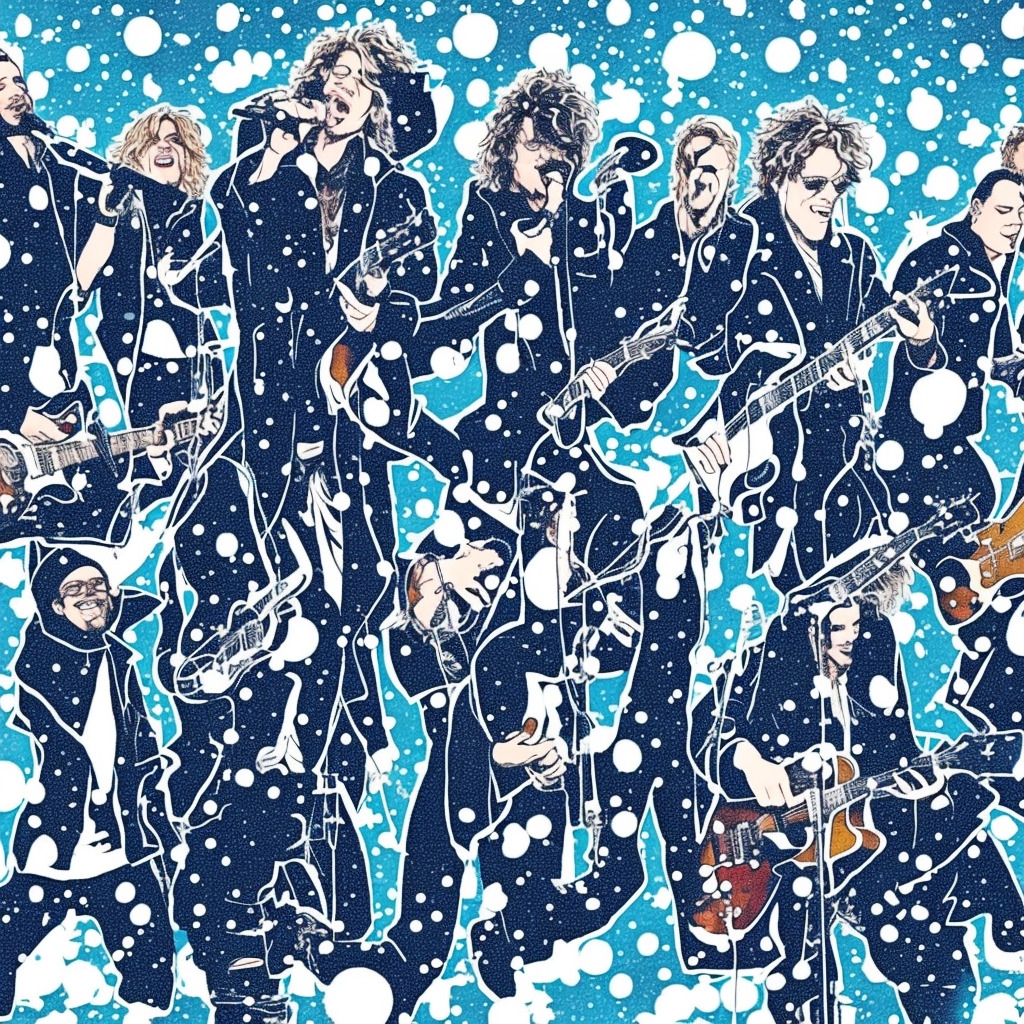

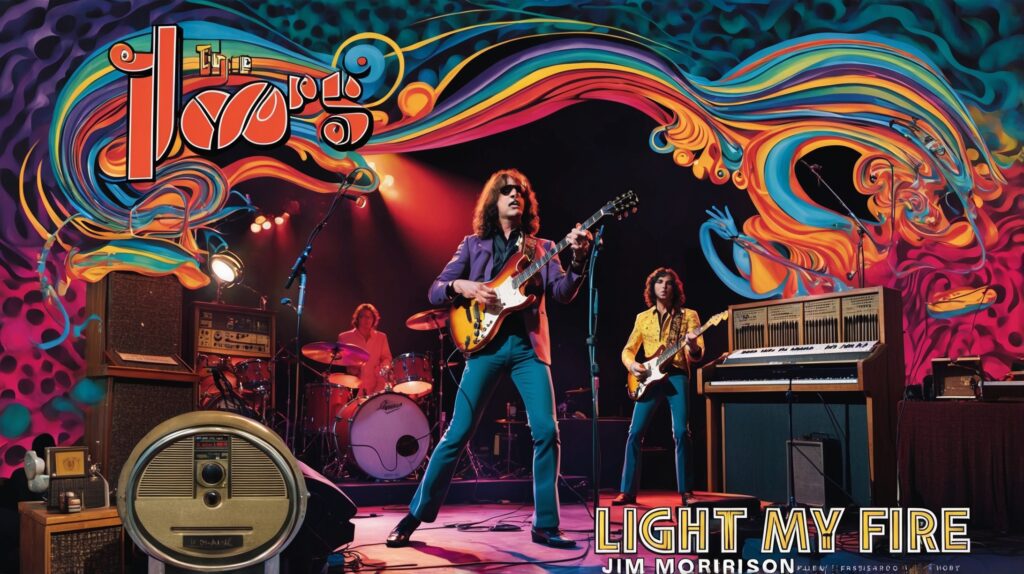
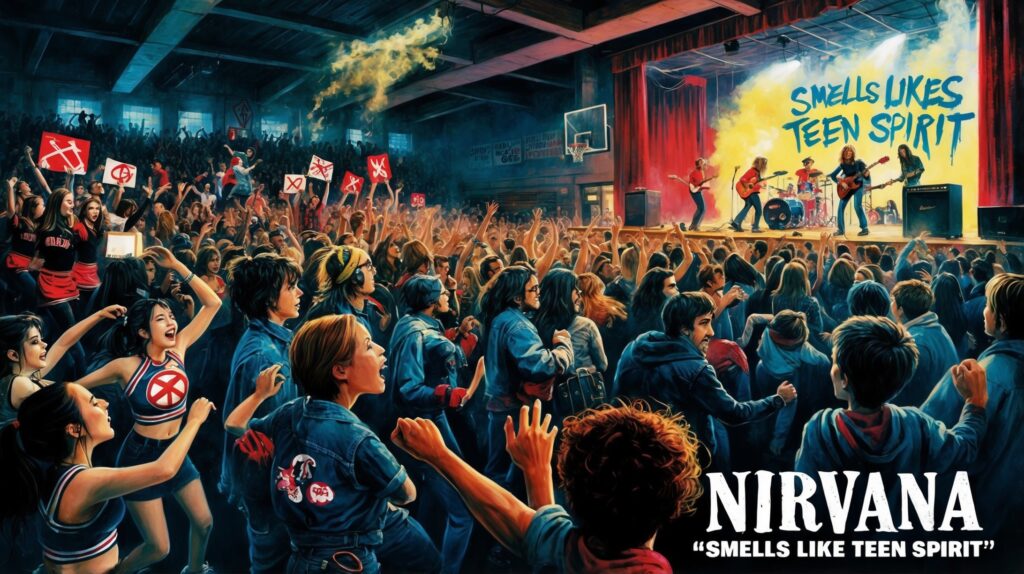

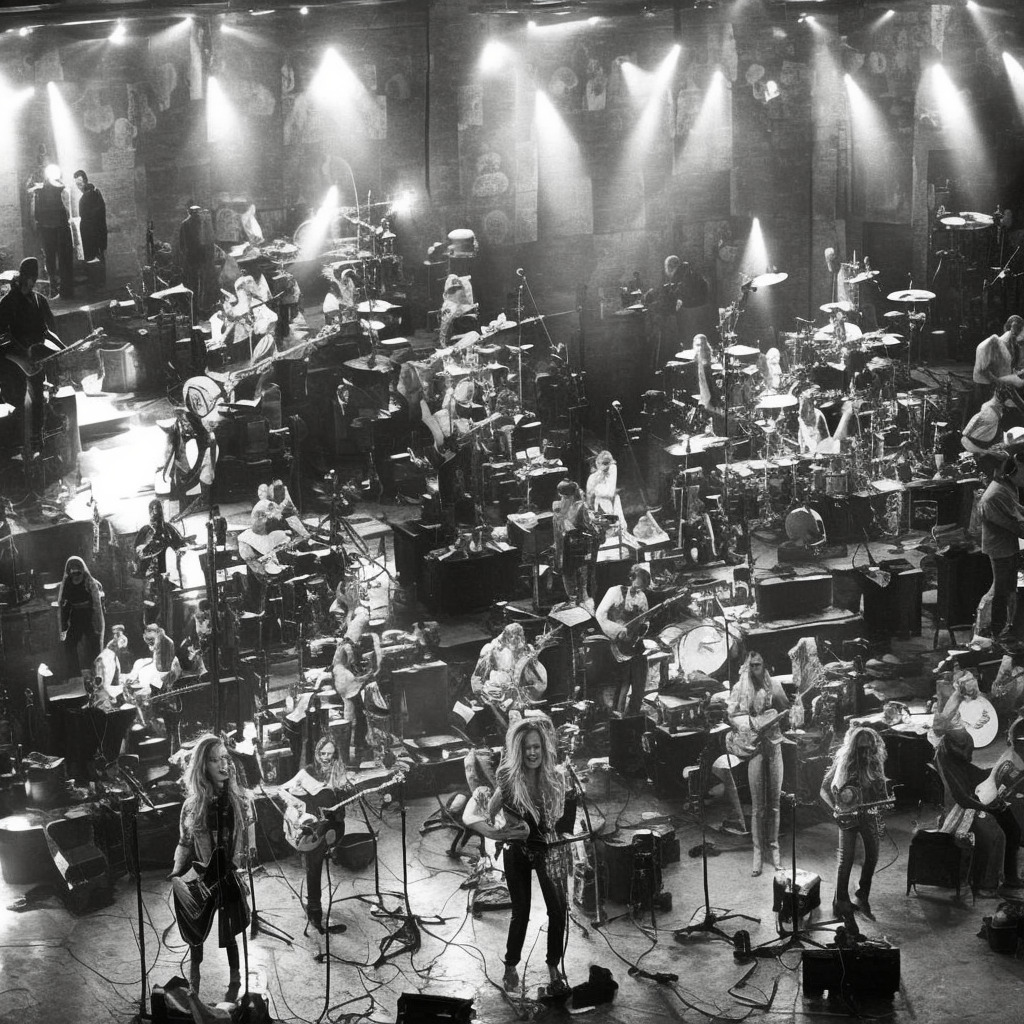
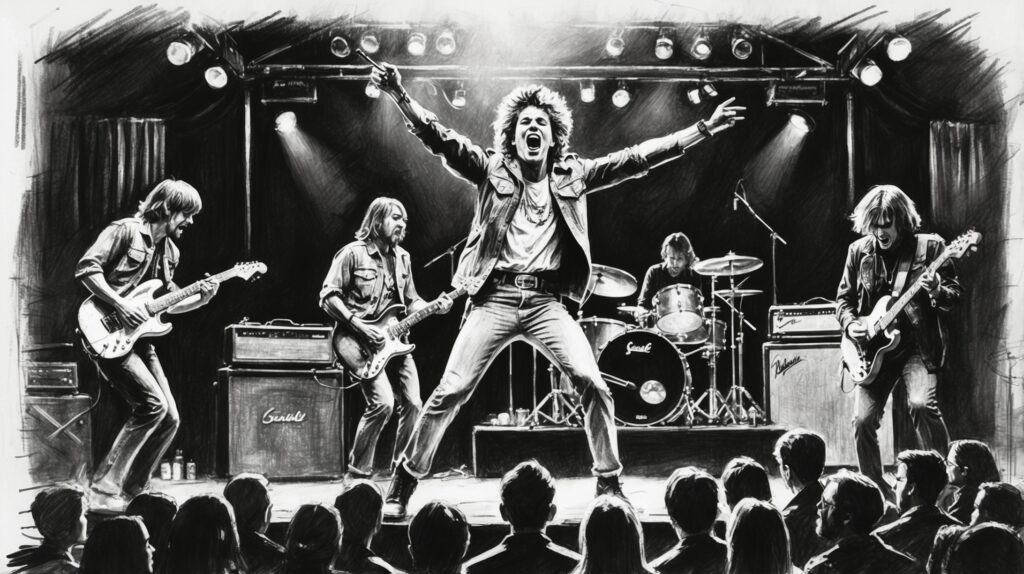
Pingback: URL